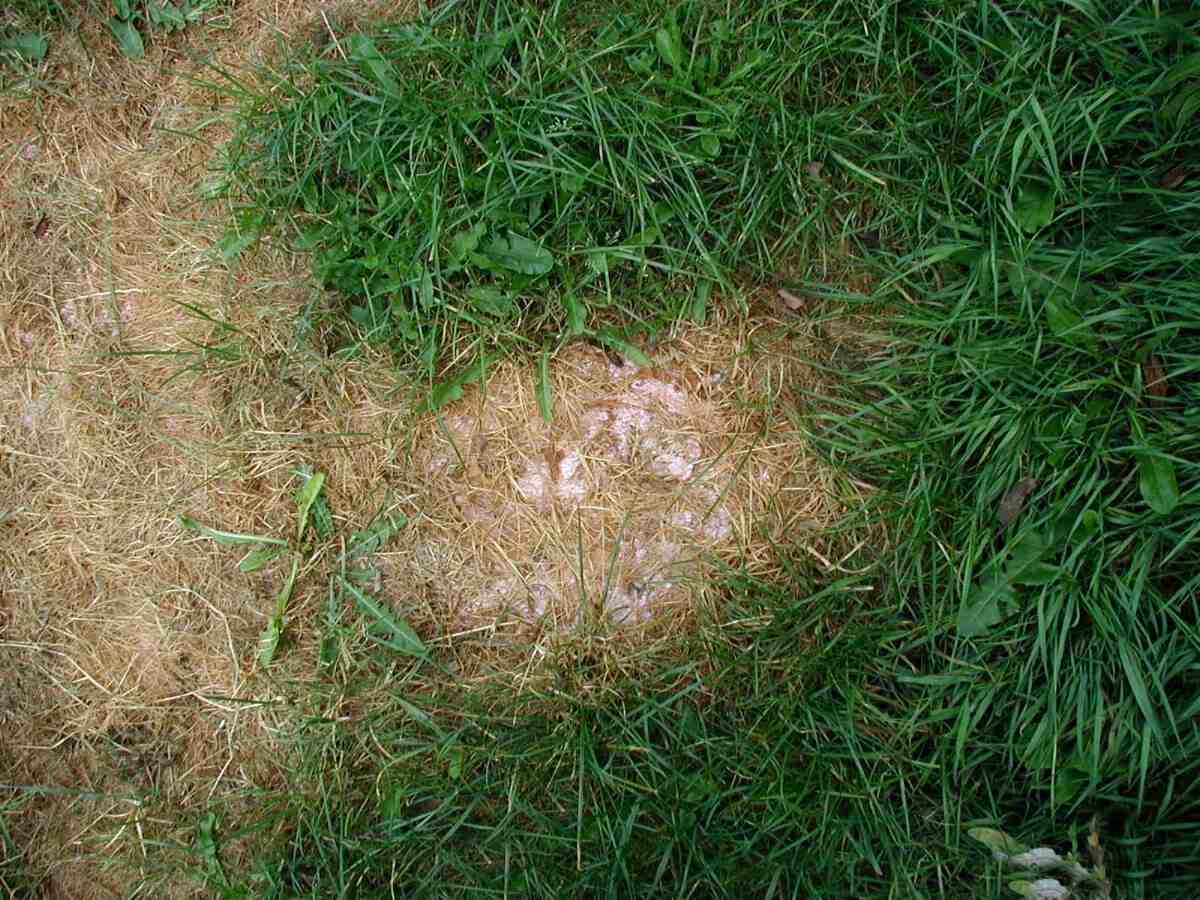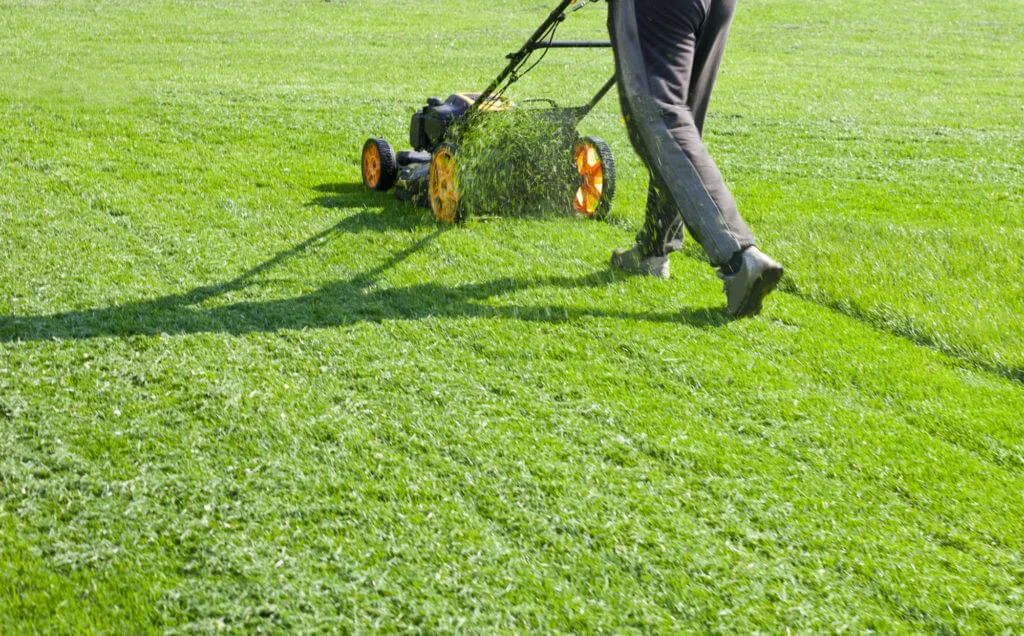Tricks To a Beautiful Summer Lawn
Last Updated on June 27, 2025 by Duncan
Summer is around the corner, and with such glorious bright weather, now is an excellent time to explore the great outdoors. This means that it’s time to enjoy your yard, so get outside and have fun.
While it’s great for many people to enjoy their summer, it’s not so great for your lawn.
With hot summer days, as well as increased traffic from parties and time spent outside, your lawn is likely to suffer some stress, especially cool season grasses like Rye, Fescue, and Kentucky Bluegrass, which prefer cooler temperatures.
Even if this is the case, don’t worry, as there are tips that you can follow to keep your lawn looking its best during this time.
Whether you’re mowing, watering, or fertilizing your lawn during these hot months, we’ve got some recommendations to help you take it to the next level.
Don’t mow too low
When mowing your lawn, the height and quality of the cut can have a significant impact on its success, and this is especially true during the stressful summer months.
Simply allowing your lawn to grow longer will help shade the soil, enhance root length, and minimize the amount of water required.
Remember that this means allowing it to grow longer and cutting it at this height regularly, as opposed to not allowing it to grow and then cutting it short, which is a significant mistake.
Mowing your grass too short during this time makes it more vulnerable to the summer heat, weeds, and disease. And you don’t want this, do you?
Mowing heights for warm-season lawns (such as Buffalo, Couch, and Kikuyu kinds) should be between 2-4cm, whereas cold-season lawns (such as Rye, Fescue, and Kentucky Bluegrass) should be left at 5cm.
Pro Tip: Because of the rising soil temperatures, you have to increase the mowing frequency during this time (particularly on warm-season grasses).
With more frequent mowing, your mower blades wear down faster, and before you realize it, they will need to be sharpened or replaced.
After mowing, use a seaweed solution. It will strengthen leaf blades and help your lawn withstand the heat.
Fertilize with controlled-release fertilizer.
Most people fertilize their lawns in the spring and fall, but you can also do it in the summer for two reasons. First, if you forgot to do it in the spring or if you want your lawn to look its best for visitors over the holiday season.
If you forget to fertilize in the spring, it’s not too late, but you must exercise caution while choosing a fertilizer.
Conventional fertilizers provide easily available nourishment, which is great for colder spring temperatures; however, during the summer, this can result in high levels of mowing, scalping, and diseases.
During the summer, you should use a controlled-release fertilizer, which uses coating technology to ensure consistent growth and nutrient distribution to your lawn.
For a great experience with this fertilizer, apply it every three weeks.
While you are at it, avoid fertilizing when the weather is hot, such as when the daytime temperature exceeds 30°C. Wait for things to calm down. If it’s warm outside, make sure your lawns are damp before applying fertilizer.
Water your lawn deeply.
During warmer seasons, deep watering is beneficial since it allows plants to absorb and evaporate water fast from the surface.
Soaking the grass in the early morning 1-2 times per week (check water limitations in your area) is the greatest approach to deliver water to your lawn while avoiding disease-promoting circumstances.
Watering in the early morning is ideal since it allows any water to drain off the leaf blades; however, watering at night can promote illness if the blades remain wet during the night and should be avoided if at all feasible.
Pro Tip: Use a shovel to slice out a patch of turf to evaluate the soil moisture level. This can also be done after a rainfall to determine how deep the water has penetrated.
Top dress your lawn
Topdress is a combination of soil, sand, and organic matter. When sprayed on the lawn’s surface, it improves soil quality, levels out uneven spots, and promotes healthy grass growth.
It also rejuvenates the soil, adds nutrients, and promotes deep root growth, resulting in a stronger, more resilient grass.
You should apply a topdress no thicker than 5-10mm. Use a soil spreader to distribute the sand or sandy loam properly. Make sure the tips of the lawn below are exposed so it does not become suffocated.
FAQs
What should I put on my grass this summer?
To keep your lawn healthy all summer, apply a nutrient-rich fertilizer.
How can I make my lawn green and thick in the summer?
Giving your lawn the attention it needs throughout the season can help you keep your grass green and thick. To maintain a lovely summer lawn, water it, fertilize it, mow it, aerate it, and manage the weeds.
How often should I sprinkle my lawn throughout the summer?
In summer, lawns require roughly ½-inch of water every three days. If you reside in a hotter area with lots of sun, you need around ½ inch of water every two days.


